2004-2020 TIFFANY ART by CIT Coin Invest
Every now and then a coin series flares brightly on the market for a couple of years, and then fades away. Sometimes, it’s three or four releases before interest disappears, but rarely, a series of coins so captures the heart of the market that it can go on for years and stay at the top of it’s game. Foremost in the last group is the Tiffany Art series of architecture coins released by the Liechtenstein based coin producer, CIT Coin Invest, known to most simply as, CIT.
Without a doubt one of the most sought after coin series of modern times, the first coin was released in 2004 sporting a striking design, embedded in which was a window inlaid with a piece of real Tiffany glass. The piece of glass was unique to each individual coin and gave it the individuality that makes collectors desire something that identical mass-produced items don’t.
Each coin is made from 2oz of 0.999 silver and was the perfect balance between being large enough for the artwork to shine, and yet thick enough to carry the deeper three-dimensional effect necessary to show off the architecture the coin was celebrating. Having a mintage of just 999 pieces was all that was needed to kick off interest and that interest remains to this day, as each release sells out rapidly at the mint. An amazing five of the first six coins have won or placed highly in coin awards and the series shows no signs of tailing off. The first two coins were issued for Liberia, but after a break in 2006 when no coin was released, they carried on being issued for Palau.
The downside to this interest; if you weren’t collecting from the start, you’ll need deep pockets to get on board. With many of the early coins heading north of €1500, it’ll be a dedicated coin collector that owns a set. If you see a bargain on an auction site that looks too good to be true, it almost certainly is. The Tiffany coins are known to suffer from counterfeiting, so if you are about to hand over money, make sure it’s genuine. Remember, a fake will likely be the same 0.999 silver as the original as the silver content is only a small percentage of the coin cost.
Initially sold just encapsulated with a certificate, for the anniversary release in 2014, CIT finally stepped up and provided some very high quality packaging for their flagship range. Fortunately, this has remained to this day. In 2014 we also saw a new addition that again, is still released today – the 1kg version. These are quite simply stunning pieces of numismatic art, carrying a hefty price-tag and limited to just 99 pieces. There don’t appear to be any plans to re-issue pre-2014 coins in this new supersized format at present.
A flagship series, not just for CIT, but for the industry as a whole, these beautiful coins have improved through time as minting technology has improved. Early coins are considerably simpler than the latest smartminted examples, yet remain very desirable issues – a testament to the core design. Sadly, the 2020 World Money Fair in Berlin saw the series end, although the issuing of a very limited (50 pieces) five-ounce gold coin was a nice touch. Hopefully, the concept will return in a different form.
UPDATE: As a final tribute to the range, CIT have issued limited runs of 3oz proof versions of the 2020 Isfahan design, and a 5oz black proof coin of the same design. See more on page 3
Louis Comfort Tiffany (1848-1933) is acknowledged to be the leading artist in Art Nouveau in the USA. Being fascinated with antique glassware colour appearance and style he undertook intensive studies in glass manufacturing. He founded in 1879 the Tiffany Glass and Decoration Company and invented a special coloured glass, semi-opaque and with metallic effects. This patented manufacturing process merges semi melted glass sheets with either a mix of Silver chloride, or peroxide of tin, or bone ashes or other substances.
He was famous as a glass artist and well known for his unique creations; for example, combinations of unusual materials of glass, ceramic and bronze, lamp shades with geometric and floral designs, motive windows in Churches. His art work enjoyed a revival in 1961 as a result of the movie ‘Breakfast at Tiffany’, the name of his jewellery store in New York. In the late 90’s Tiffany lamp shades fetched US$2m at auction.
Louis Comfort Tiffany (1848-1933) was educated in classical painting by George Innes, who studied the old masters in Italy and France. During this time L.C. Tiffany got introduced to the classical Romanesque coloured glass windows. The old masterpieces inspired the young artist, and he became interested in glassmaking. Tiffany successfully converted the classical glass artwork into the Neoclassical style. In 1885 he founded his own glassmaking firm, where he invented a process for making opalescent glass. Much of his work was in making glass picture windows, but his company designed a complete range of interior decorations.
The Romanesque style was given its name by scholars who saw a similarity of form and material to the architecture of ancient Rome. It is characterised, among other elements, by the cruciform plans of churches and semicircular arches. In Italy, Romanesque art dominated cities for centuries – like the Baptistery of Florence and the great San Marco Basilica of Venice. In Germany the cathedrals of Mainz, Worms and Speyer are the best-known Romanesque monuments.
The relevant elements of this building style are depicted on the coins. The typical coloured glass, made with Tiffany’s technology, is inlaid into the window.
A new commemorative coin shows a form-complete alliance of the famous Tiffany glass skill with the architectural style of the Italian Renaissance. These forms were created by no other than Michelangelo Buonarotti. He was not only a renowned fresco painter and sculptor, but also an architect. The obverse of this coin shows a window of his Palazzo Farnese in Rome, on the reverse is a section of the new Sacristy of San Lorenzo in Florence where Buonarotti embellished the tomb chapel of the Medici family in 1520.
A blue glass-window in Tiffany tradition is embedded in Michelangelo’s architectural frame. The American artist Louis-Comfort Tiffany (1848-1933) developed this very special type of coloured glass in his factory in New York which he founded in 1885. The characteristic of this glass-skill is not only the dazzling colour but also the marvellous uniqueness of each pane.
The famous epoch-terms used in the history of art mostly originated in the aftermath. Romanticism and Baroque are creations of the 19th century; the Gothic period was first referred to in the 16th century by the Italian Giorgio Vasari (1511-1574). It was also Vasari who characterised Mannerism, although already as a contemporary. He referred to Michelangelo’s late style as maniera (“manner” or “style”). Yet soon the term was also applied to Michelangelo’s successors and today the epoch of the late renaissance between 1550 and 1600 is generally referred to as Mannerism.
The Early and High Renaissance aspires a “classical” design vocabulary with simple lines, clear proportions and ideal bodies whereas Mannerism inclines to exaggeration. The shapes are often complicated and artificial; the bodies have out of balance poses which are extra long and twisted.
Just like the Renaissance, Mannerism originates from Florence as well and even today a range of these masterpieces are still there to be admired. For example the Studiolo which belonged to the first Grand Prince of Tuscany, Cosimo de’ Medici (1519-1547). The big patron had the best artists of that time decorate his private study in the Palazzo Vecchio: the painting was done by Giorgio Vasari and the sculptures were created by Ammanati, Danti, Bandini, Stoldo and Giambologna.
The reverse of a new votive coin shows a marvellous insight into this small treasury, reinforced with a further highlight of Mannerism, the Madonna with the Long Neck from Parmigianino (1503-1540). The obverse shows the famous Scala Regia of the Palazzo Farnese in Caprarola, a work of Vignola (1507-1573). The architectural high-relief is punctuated by an oval window in colour, entirely according to the Tiffany glass tradition. Therewith this coin edition seamlessly ranks into the extremely successful Tiffany Art Series.
Baroque stands for the art history epoch between 1570 and 1770. Above all, the term characterises a whole awareness of life and is applied to architecture, sculpture, and painting, philosophy, literature and theatre, fashion, music and dance. Baroque is a byword for affluence, splendour and motion. Baroque loves drama and spectacle; it is loud, flashy and colourful. The Baroque world is a stage and its life is a theatre.
The latest Tiffany coin shows the perhaps illustrious example of such Baroque art; the Palace of Versailles. The “Sun King”, Ludwig XIV (1638-1715), reconstructed his predecessor’s small hunting lodge, at the gates of Paris, into a total baroque work of art. The gigantic complex with more than 2’000 rooms not only served as an entertainment location. It was rather an elaborate sophisticated instrument for absolutistic political power. The complex was supposed to bond the scheming higher nobility close to the king and announce Ludwig’s message to the whole world: I am the states affluence and the only representative of God on the earth and nobody can match my power. ‘L’état – c’est moi!’
The front side of this new coin gives insight to the magnificently equipped Hall of Mirrors in the palace of Versailles, the verso shows a fountain of „Parterre d’eau“ and in the background the palaces front garden. This masterpiece is unctuated by a glass pane in best baroque splendour.
Rococo does not characterise an actual age in art history but the last phase of the Baroque style. Rococo not distinguishes itself from Baroque by its own design-vocabulary but only by advanced and improved Baroque motifs.
The name Rococo is seen as a combination of the French words rocaille meaning stone and coquille meaning shell. It may also be related to the Italian barocco, or Baroque style. The name for the shell-like curves is not coincidental as with the curved lines and the lack of symmetry the style still shows two basic stylistic elements. Rococo is smooth, divided into small sections, squiggly and decorative. Unlike Baroque with its theatrical bias for grandeur, power and force, Rococo stands for withdrawal to privacy, for a cultivated and gallant life, for sensuality and lightness.
It is not surprisingly so that Rococo accrued at the French Kings court in Versailles; to be exact under the regency of Ludwig XV and Madame de Pompadour approximately in 1720. This style in painting, sculpture and architecture spread itself rapidly from France through the whole of Europe.
One of its most beautiful manifestations is the Bavarian Church of Wies in the municipality of Steingaden which was built by the brothers Johann Baptist and Dominikus Zimmermann in 1745-1754. With her marvellous playful shapes she decorates the latest edition of the “Tiffany Art Collection”.



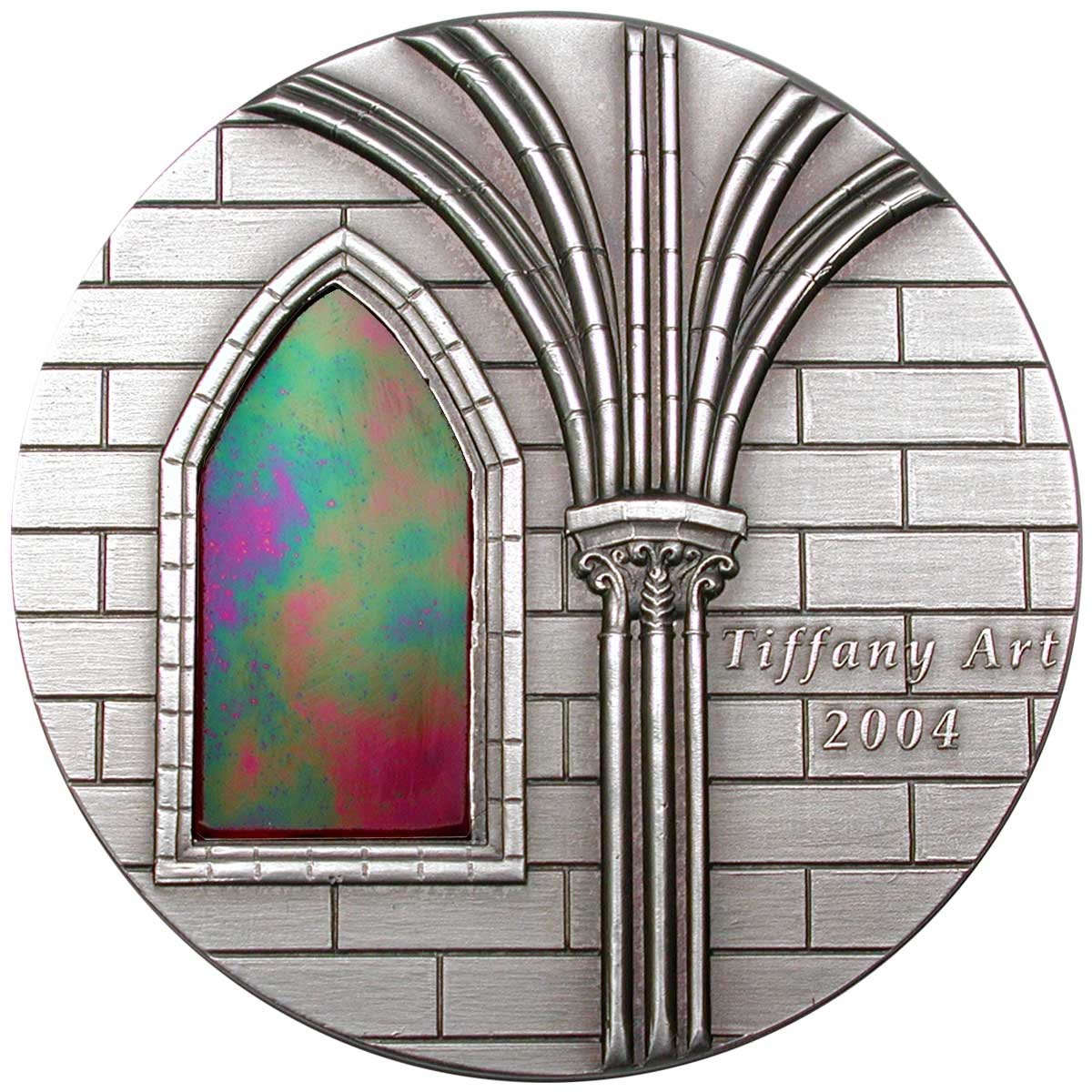

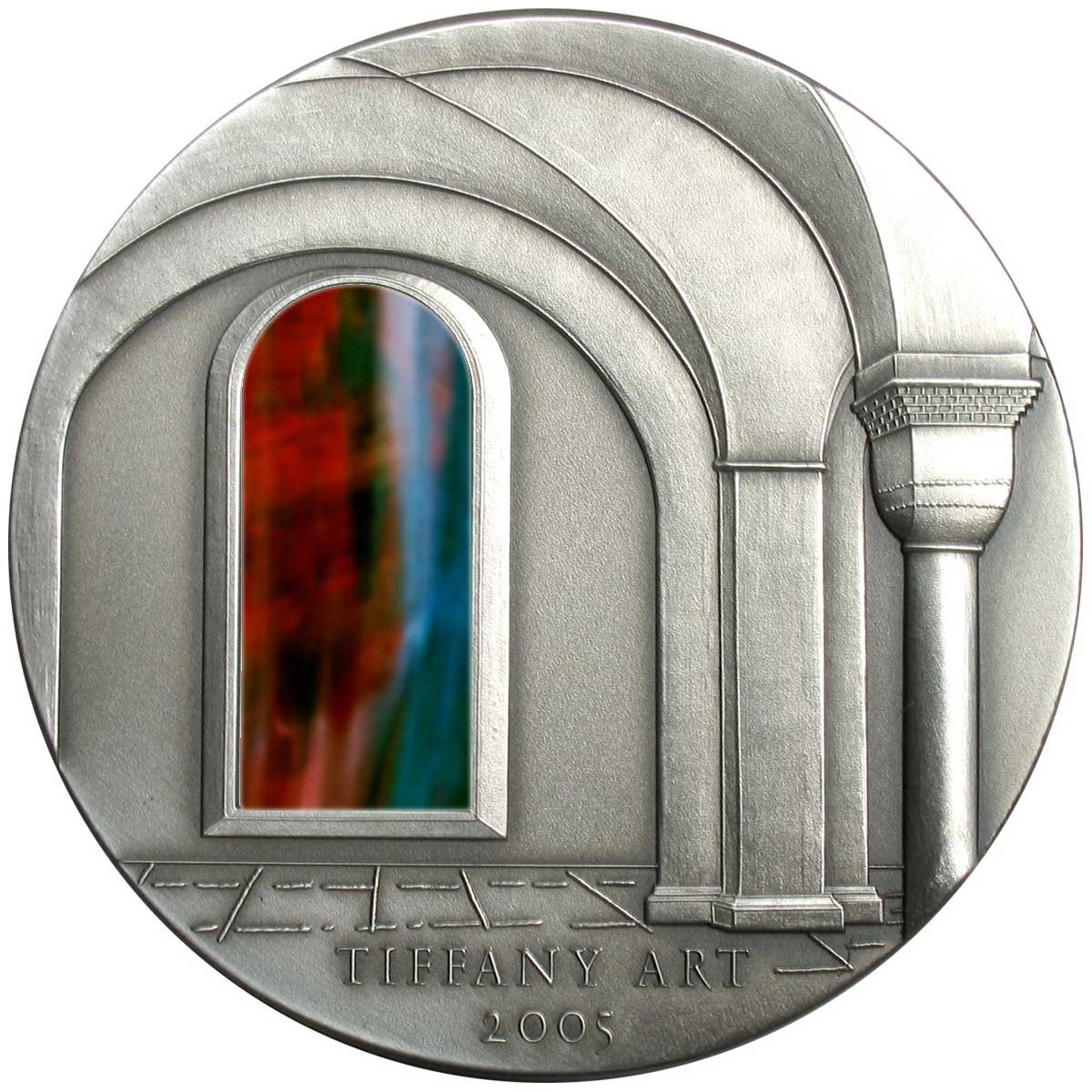
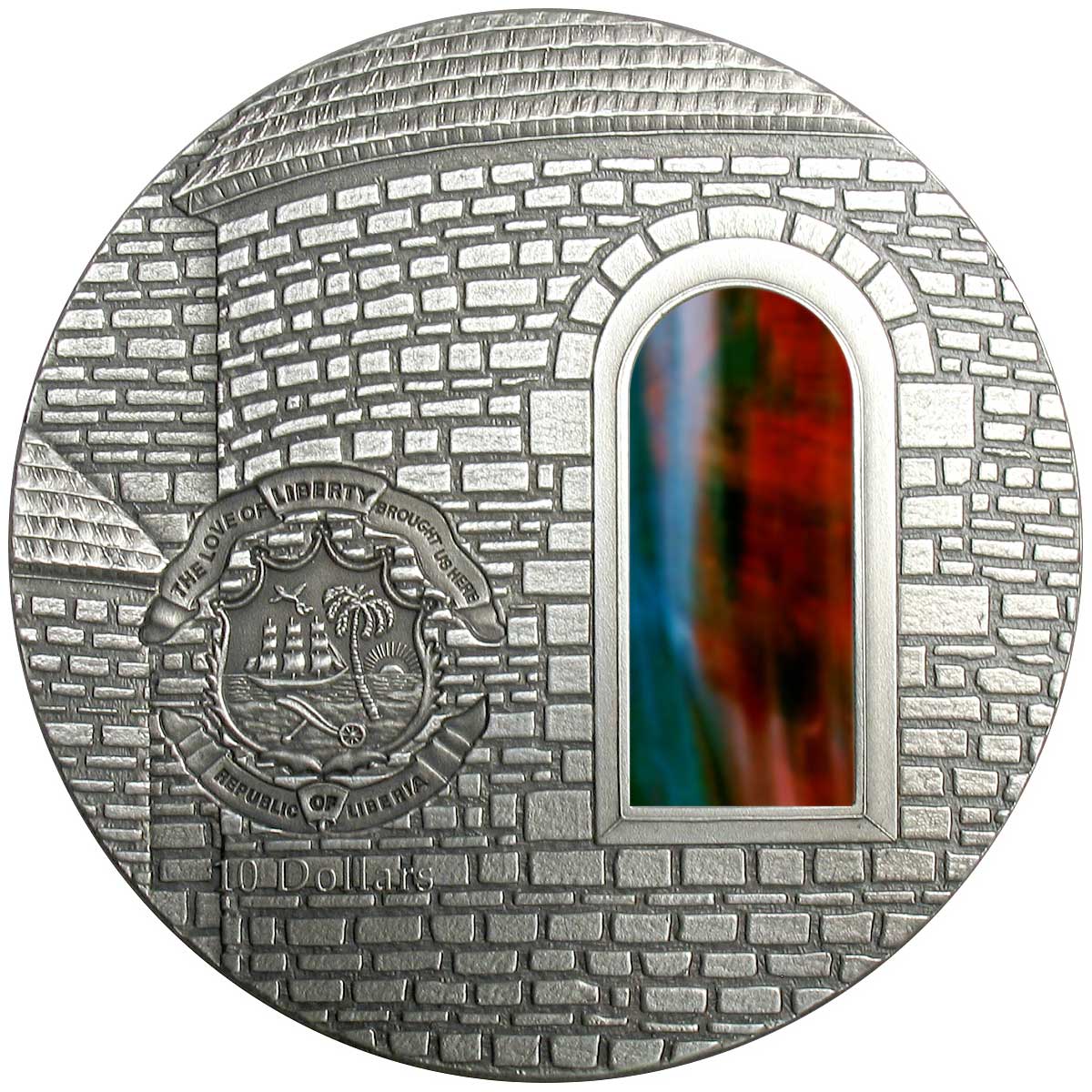



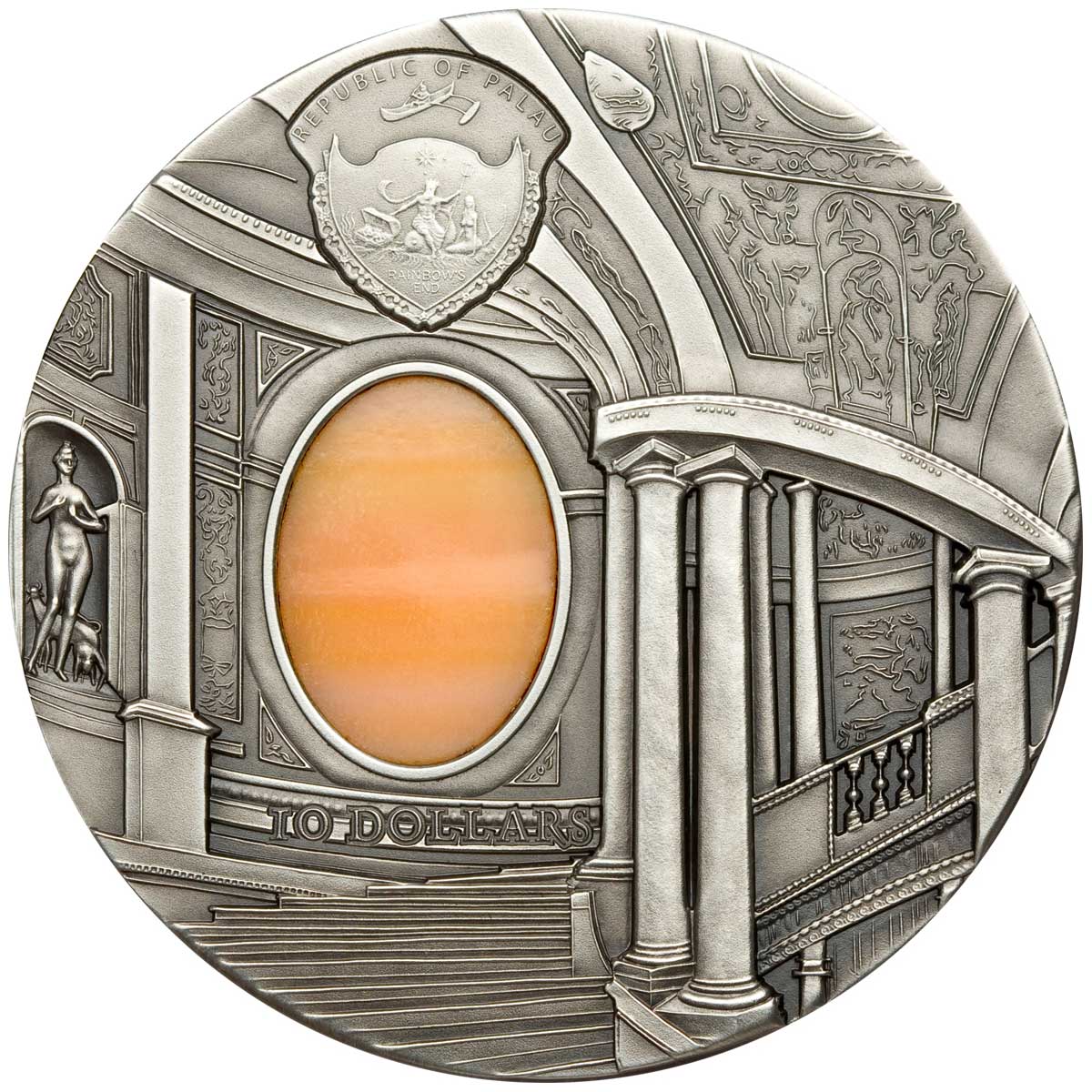
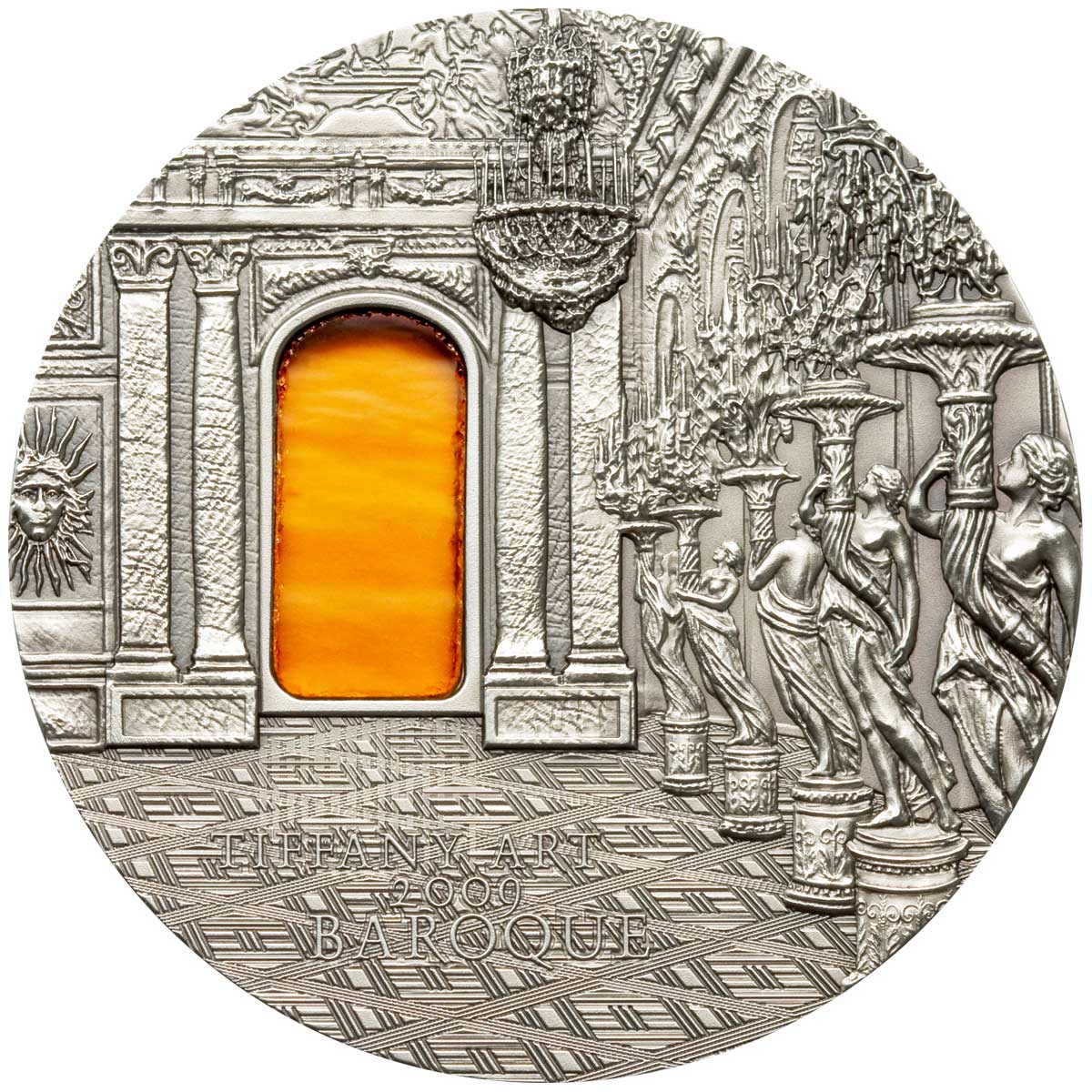


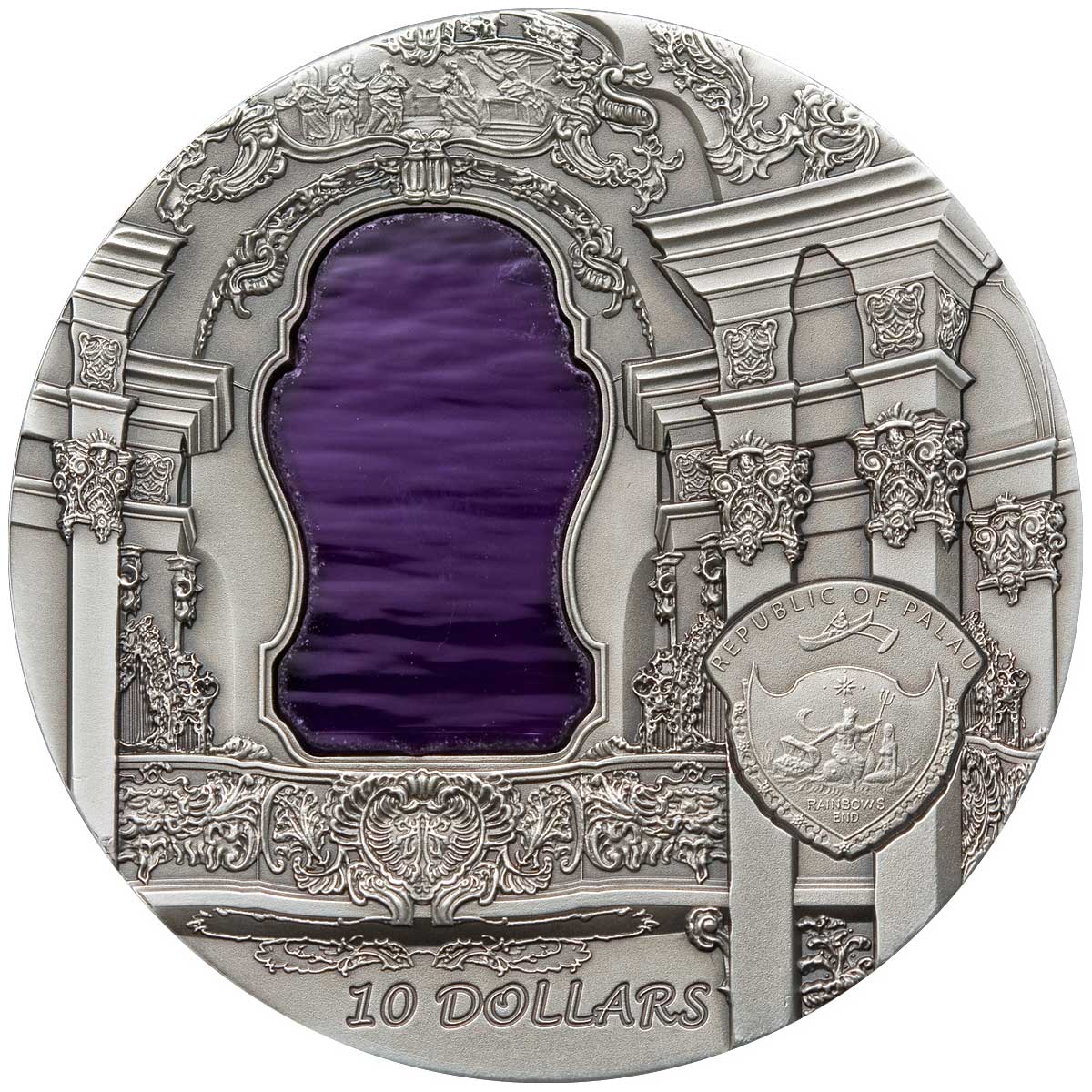
Leave A Comment